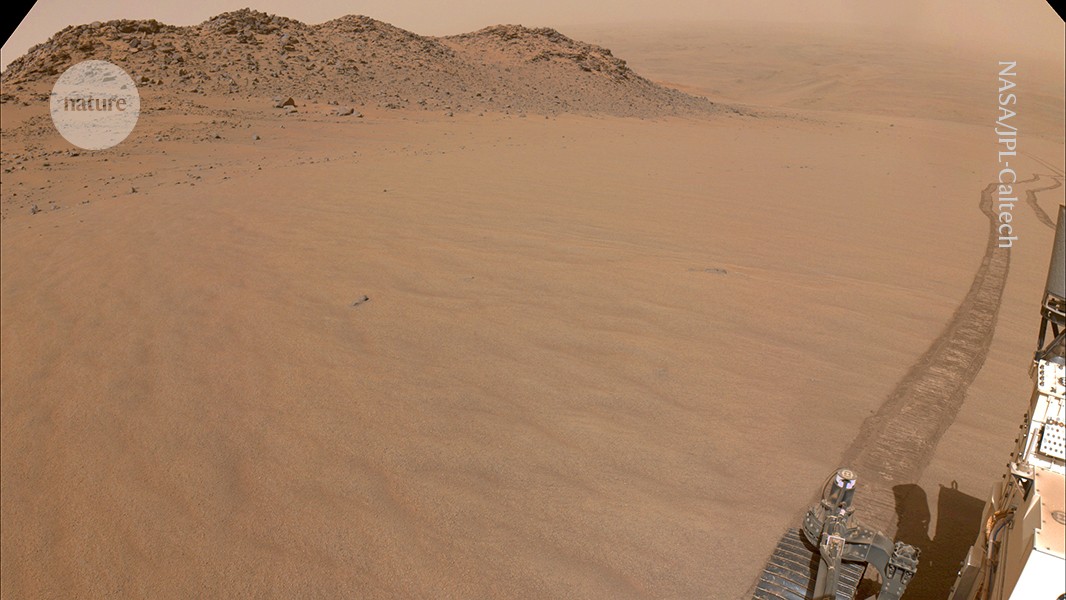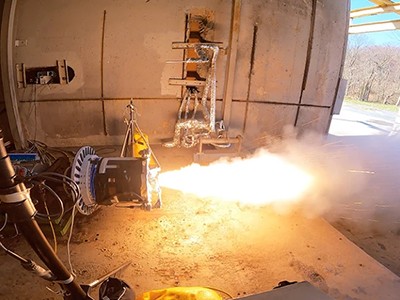Washington DC
After a months-long climb up the side of a crater on Mars, NASA’s Perseverance rover has finally emerged on its rim — and now faces a 4-billion-year-old landscape never before explored on the red planet.
Flying Mars rocks to Earth could cost an astronomical $11 billion
“These are amongst the oldest rocks in the Solar System,” says Kenneth Farley, a geochemist at the California Institute of Technology in Pasadena and the mission’s project scientist. He spoke on 12 December at a meeting of the American Geophysical Union in Washington DC.
Researchers hope that the rocks outside of Jezero Crater hold signs of whether Mars might have once sustained extraterrestrial life, when it was warmer and wetter than today. The rover landed in Jezero nearly four years ago and has been exploring the crater’s floor and a fossilized river delta for such signs ever since. Over the course of its 32-kilometre journey, it has drilled rock samples and stored 15 of them in its belly; there are 11 empty tubes remaining that could be filled with additional intriguing rocks from the fresh Martian terrain it now faces.
Perseverance has already placed 10 tubes on the crater floor in a ‘sample depot’ where a future mission could pick them up. NASA is trying to figure out how to bring any of the samples back to Earth for analysis — the only way that researchers can study them thoroughly to confirm signs of life. The original plan for bringing them back was estimated to cost up to US$11 billion, and the agency’s budget won’t support such a mission.
Epic trek
Meanwhile, Perseverance trundles along. Reaching the crater rim on 11 December meant that the rover climbed more than 500 metres in elevation — by far its steepest climb since it landed in February 2021. The crater’s edge is a geologically interesting region because Jezero was once filled with an ancient lake, making the rim a shoreline at one time.
Once Perseverance reached the rim this week, at a place dubbed Lookout Hill, mission scientists celebrated by having it take a photo looking both back into the crater and out into the plains beyond. “To take in the view of where we’ve been and where we’re going is really very cool,” Farley says.
The first spot it will visit outside Jezero is a 450-metre-high stack of rocks dubbed Witch Hazel Hill by researchers. The rover should reach this site next week. Its layers might hold clues to the area’s geological history, says Candice Bedford, a geochemist at Purdue University in West Lafayette, Indiana. From there, Perseverance will explore rock ridges that could represent an ancient hydrothermal system, where hot water oozed around rocks fractured when a big meteorite hit Mars.
The region might have hosted life at some point, or been conducive to it. It will take some time for researchers to interpret the new rocks and whether they might be promising for signs of life, however, because they are so different than those inside Jezero, Farley says.



